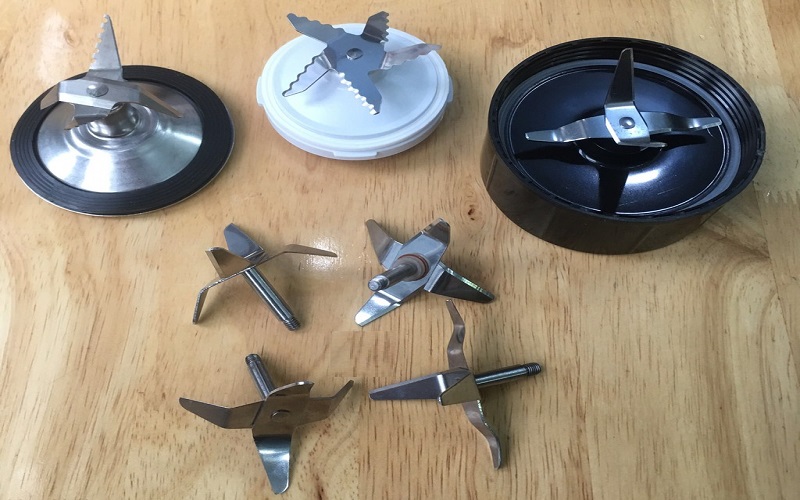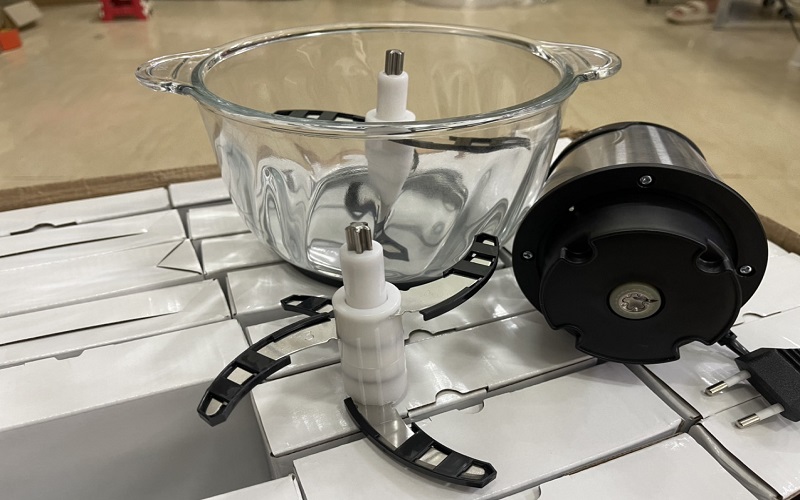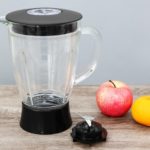Blenders have become an essential appliance in most households today. Each type of blender is equipped with different blades suitable for specific types of food. So how do you distinguish between the blades in a blender? Let’s find out in detail in the article below.
1 Distinguishing the blades in a blender
Currently, some commonly used blades in blenders include:
- Straight blades: This type of blade is used to grind and blend dry foods such as nuts, coffee beans, spices, etc. The design of this blade helps create uniform and fine powders, enhancing the flavors of the ingredients in the dish.
- Large straight blades: This blade is larger in size, therefore it is especially suitable for blending into smooth textures for stir-frying, stewing, or pre-cooked foods.
- Cross blades: If you are looking for a blade to crush fresh or cooked ingredients, then the cross blade is an ideal choice. Thanks to its cross design, the blade can create optimal cutting and grinding force and ensure the taste and nutritional components of the food.
- Serrated cross blades: This type of blade is specifically designed for grinding meat and can even grind ice. The serrated edges of the blade will help grind all kinds of ingredients, including those with hard characteristics.

Distinguishing the blades in a blender
2 Tips for using blender blades effectively
Read the user manual carefully
To ensure the longevity of the blender blades, you need to refer to the instructions for use as well as how to remove and install the blades, including:
- Understand the operational structure of the blender: First, you need to read the user manual of the blender and familiarize yourself with the structure of the blender. Each type of blender will have different ways of use and blade removal, understanding this information will help avoid damaging important parts and components.
- Properly remove and install the blades: When removing and installing the blades, you need to make sure the blender is completely turned off. Then remove the base and grinding cup from the blender, use the supporting tools to unscrew and proceed to remove the blades from the base.
- Be careful when removing and installing the blades: When removing and installing the blades, you should not use overly hard objects or excessive force to avoid bending or breaking the blades. Note that you should remove the blades slowly clockwise and not too quickly to avoid accidents.
Read the user manual carefully
Choose the appropriate blade for the food being blended
Choosing the right blade for the food being blended is extremely important and necessary to ensure the longevity of the blades. Many people often have the habit of using the same blade for different types of food, but this is completely not recommended. Therefore, you need to pay attention to:
- When grinding meat, you should choose specialized meat grinders. These types of grinders are usually designed with appropriate operating speeds and power, ensuring the best results.
- When grinding dry foods such as grains, nuts, etc., you should prioritize using straight blades.

Choose the appropriate blade for the food being blended
Properly store the blades
Here are some ways to properly store blender blades that you can refer to:
- Do not leave the blades in water for too long, after using the blender, clean it thoroughly.
- The sharpness of the blades will depend on the material they are made of and will be related to the design of the blades and their rotational speed. Therefore, you should absolutely not sharpen the blades yourself.

In this article, we have helped you distinguish between the blades in a blender as well as provided some tips for properly storing the blades. We hope that through these sharing, you can refer to and choose the appropriate blender blades for your family.
































